How To Propagate Succulents
Succulents are a popular choice for both outdoor and indoor gardening because of their distinctive beauty and simple maintenance needs. But did you know that you can easily propagate succulents at home with minimal effort? In this blog post, we’ll go over the basics of succulent propagation so you can easily increase the number of succulent plants in your collection. So, continue reading!
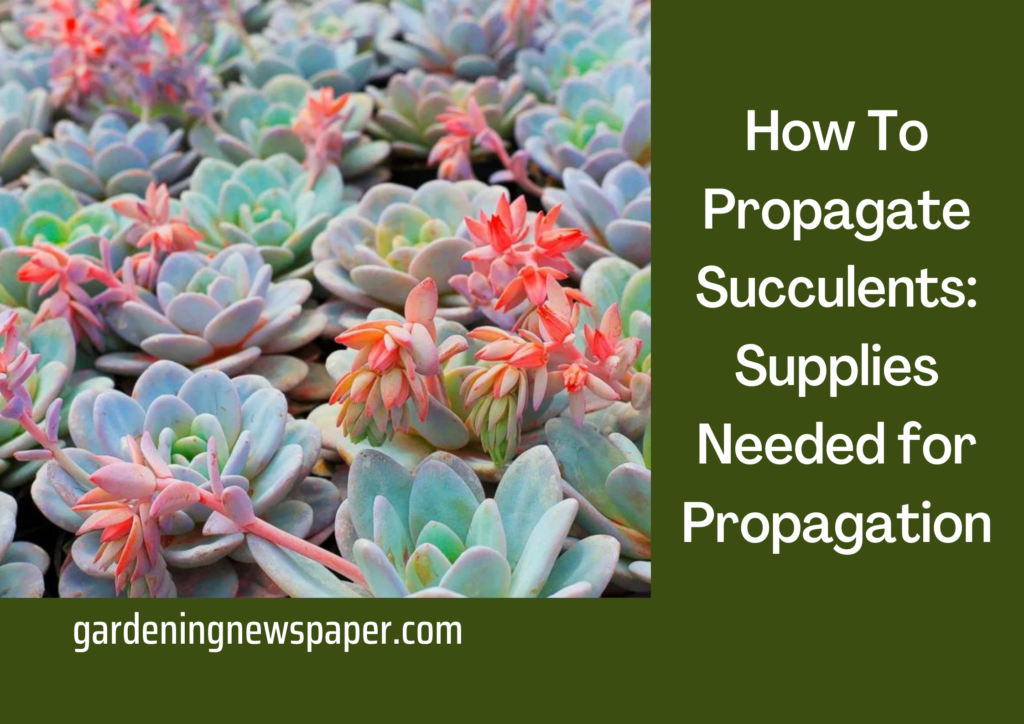
Understanding Succulent Propagation
Propagating succulents is a great way to get more of these beautiful, easy-care plants for your home. Propagation by offsets is perhaps the easiest, most convenient method of getting new plants. Simply pinch off an offset – a small plant that has developed from the main plant – and pot it up, and you’ll soon have a brand-new succulent to enjoy! Propagate away and soon you’ll have enough of these trendy and low-maintenance plants to fill your entire home with!
To propagate succulents, it’s important to understand the key steps: division, cuttings, and leaf propagation. For anyone interested in becoming a succulent-growing pro, mastering these techniques is essential. Division involves splitting apart a single plant into multiple plants; cuttings are pieces of the stem or leaf from an existing parent plant; leaf propagation involves rooting the leaves of a succulent in soil or water Similarly, propagation by stem cuttings is another way to propagate succulents.
In this method, you would take a piece of the stem from the existing parent plant and place it in a soil mixture suitable for succulents. The stem will then take root and form new plants. Propagation by stem cuttings is a great option for those wanting to fill their space with more succulents quickly and easily!
Supplies Needed for Propagation
To propagate succulents, you will need the following supplies: rooting hormone, a sterile knife or scissors, well-draining soil, and a container for planting. Succulent propagation is an easy and effective way to increase the collection of your favorite plants.
Once you have your supplies gathered, cut off a leaf from the succulent parent plant and ensure it has some stem attached. Then use the knife or scissors to create a shallow groove in the stem for the rooting hormone to adhere to before placing the leaf in soil and watering lightly Again, propagation by stem cuttings is a fun and easy way to propagate succulents! With some basic supplies, a little bit of patience, and the right technique, you’ll be on your way to growing your own succulent garden in no time.
The process is simple – just make sure to cut off a leaf from the parent plant with some stem attached, groove it with the knife or scissors, dip it in rooting hormone, and place it in soil and water lightly. With a little TLC, you’ll be well on your way to having more succulents!
How to Propagate Succulents?
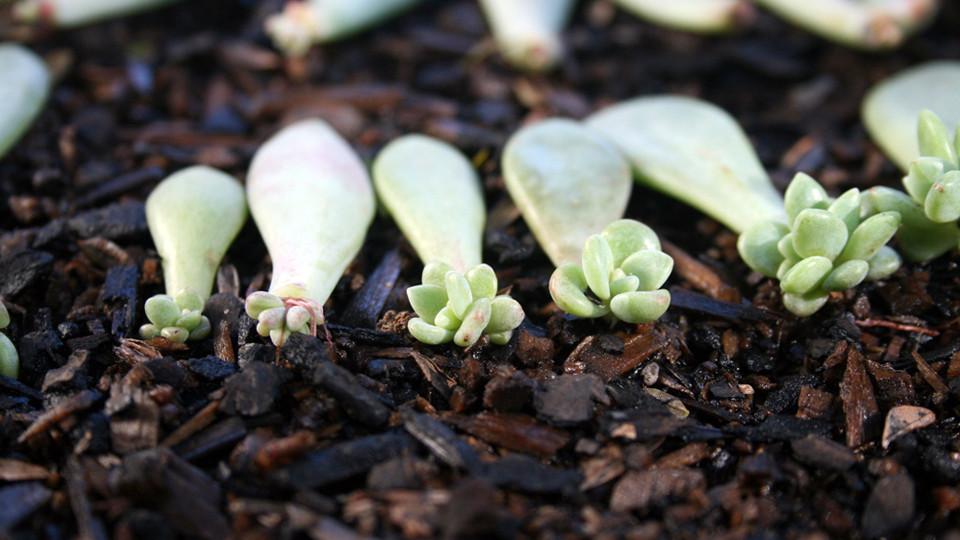
Propagating succulents is an easy way to increase the number of plants in your collection without having to purchase additional ones. If you’re ready to dive into the fascinating world of succulent propagation, then read on! Propagating succulents will introduce you to a whole new level of understanding of these unique and hardy plants.
You’ll learn how to take cuttings, create clones of your favorite plants, and provide plant care for them as they grow. With just a little bit of patience and perseverance, you can be on your way to building a stunning succulent collection in no time at all!
What are succulent leaves?
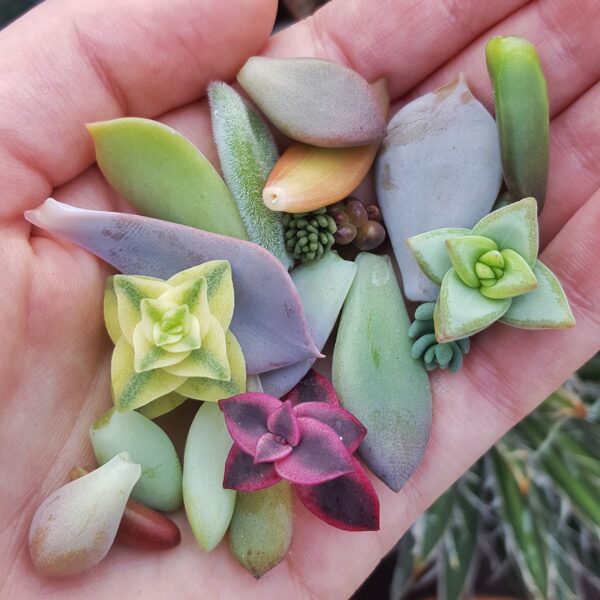
When learning how to propagate succulents, it is important to know the different types of leaves succulents have. There are three types of succulent leaves:
- Thick, fresh leaves store energy as well as water. The most prevalent kind of succulent leaves is often green or blue-green in color.
- Thin, papery leaves are common on cacti but are less frequent than thick, meaty leaves. They collect solar energy from the sun’s beams.
- Non-fleshy or papery succulent leaves, that look hairy or spiky and help keep the plant safe.
Rooting hormone
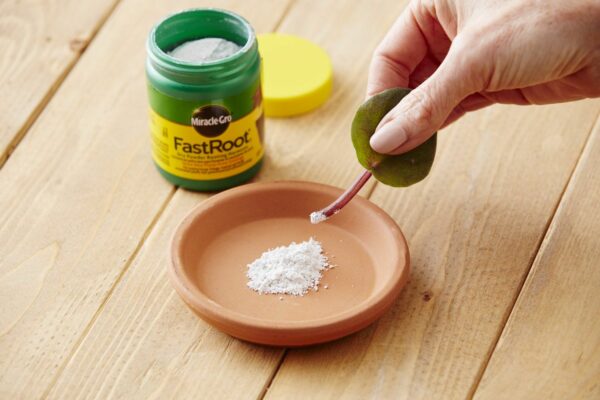
When it comes to propagating succulents, the rooting hormone is essential. This helpful product can be found at most nurseries or garden centers, and it’s very easy to use. Simply dip the cutting into the hormone, then plant it in the soil. Within a few weeks, you’ll see new growth emerging from the succulent.
Propagation by stem cuttings
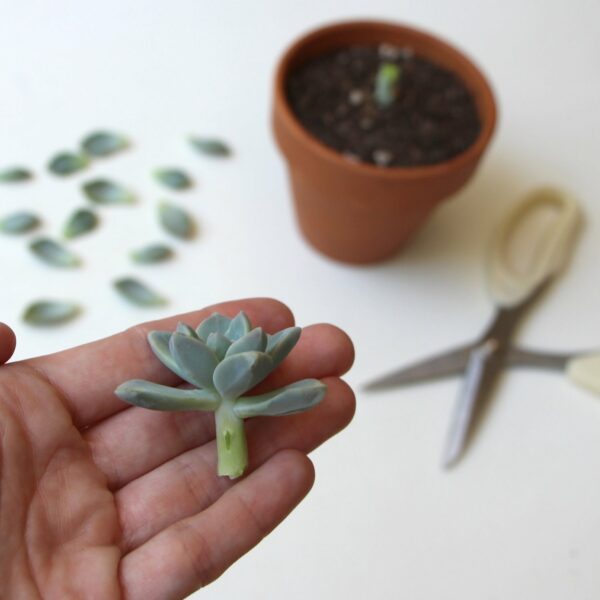
The best way to propagate succulents is by stem cuttings. First, take a sharp knife or pair of scissors and cut a piece of stem from the mother plant. Cut just below a node, which is the point on the stem where a leaf is attached. Make sure to make your cut at an angle so that more surface area is exposed. This will help the cutting to form roots more easily.
Next, remove the leaves from the lower half of the cutting. Again, this will help the cutting to form roots more easily. Finally, allow the cutting to callous over for a few days before potting it up in a well-draining succulent potting mix.
Be sure to keep your cutting moist but not wet during this rooting period. Once roots have formed, you can treat your new succulent plant just like any other. Allow the soil to dry out completely between waterings and give it plenty of bright light. With a little patience, you’ll soon have a whole collection of succulents propagated from stem cuttings!
Propagation by leaves cutting
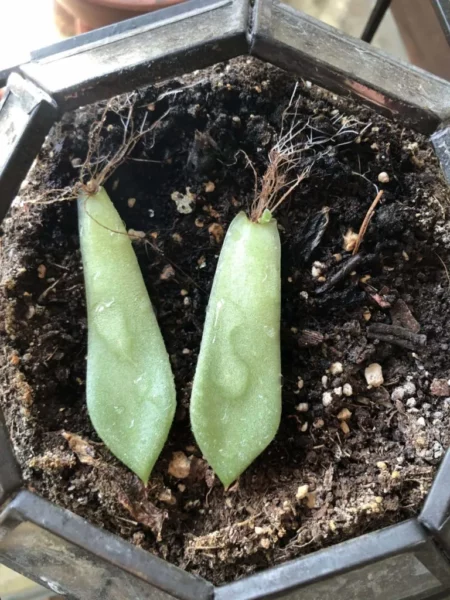
One of the most common ways to propagate succulents is by leaf cuttings. This is a simple process that just about anyone can do with success. All you need is a sharp knife or scissors, a pot or container filled with well-draining soil, and of course, a healthy succulent plant.
To start, carefully remove a leaf from the mother plant. It is important to make sure that the leaf is free of any pests or diseases. Once you have a healthy leaf, use your knife or scissors to cut the leaf into smaller pieces. Each piece should have at least one healthy-looking stem with some leaves attached.
Next, plant the leaf cuttings in your pot or container filled with well-draining soil. Make sure that the leaves are not touching each other and that they are pointing up. Water the soil until it is evenly moist and place the pot in a bright location but out of direct sunlight.
Within a few weeks, you should see new growth appearing on the leaf cuttings. Once the new plants are big enough, you can carefully transplant them into pots of their own.
In conclusion, succulent propagating is a relatively easy process that can be done by stem or leaf cuttings. Once you have your cuttings, simply pot them up in well-draining soil and water regularly. With a little patience, you’ll soon have a whole new batch of succulents to enjoy!
Troubleshooting Common Problems
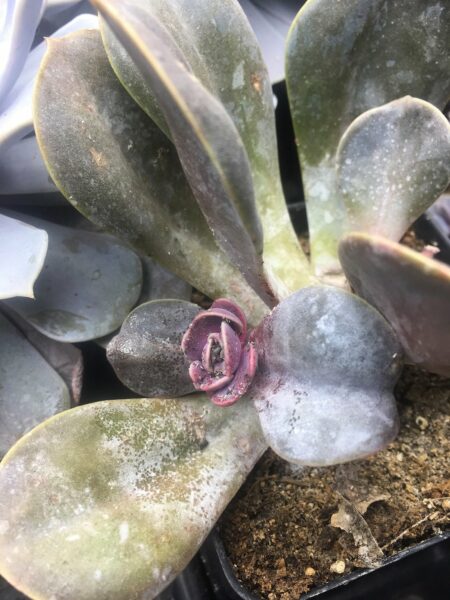
Common problems with succulent propagating can include browning or wilting leaves, an accumulation of pests, or a lack of root growth. If succulents are wilting or browning, the most likely cause is overwatering. Make sure to reduce the frequency of waterings and allow the soil to dry out completely between waterings.
As an alternative, if pests are present, they can be in the form of tiny worms or aphids, eliminate the by enhancing airflow around the succulent and washing it with warm water.
Last but not least, you may check for roots by gently pulling on the stem and see if they are there. If not, try repotting in new soil and make sure the soil is well-drained. Succulent propagation, meantime, is one of the most satisfying gardening activities.
Propagation by stem cuttings is a great way to increase the number of succulents in your collection.
To sum up, propagating succulents can be a great and easy way to increase the number of succulent plants you have in your collection. With just a few simple steps, you can easily propagate your succulents with minimal effort and get some beautiful new additions to your garden. So why not give it a try? Your succulents will thank you!
